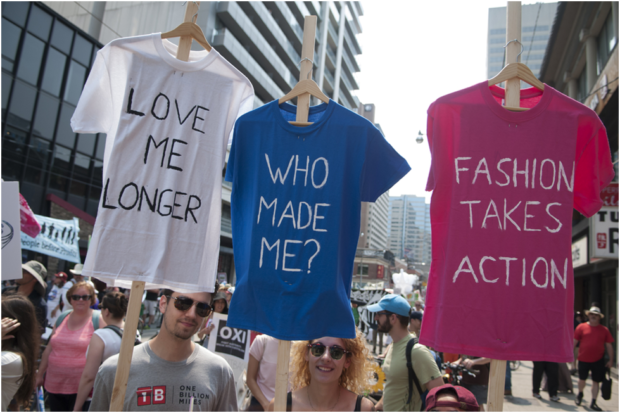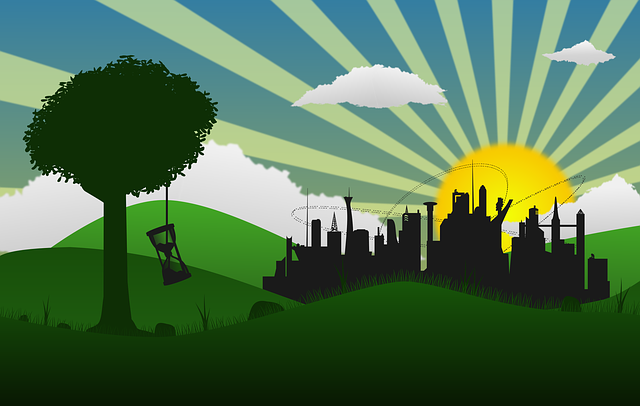Guide to Planet Friendly Shopping

Sustainability has become a huge part of the modern shopper’s life, regardless of whether or not they care that much about protecting the environment. Not only do online thrift stores, auctions, and re-usable products dominate certain markets, but second-hand sellers can pass their old products along rather than simply throwing them away. But how do you stick to planet-friendly shopping, especially when it can sometimes be harder to seek out?
Thrifting
Only a few years ago, finding second-hand clothing and pre-owned products was nearly impossible online, especially since there weren’t really any central markets. Unless you were able to go to one of the big markets in prominent cities, you could usually only buy the items that were being sold in your local area, and there was no guarantee that they’d even function properly.
More recently, online thrift stores have managed to crop up almost overnight, making it easier for sellers to send their second-hand items all over the world. You can also easily see what is in stock, get multiple pictures of the item as taken by the current owner, and might even be able to negotiate for a lower price if that option is available. Combine this with the current system that most sites use for online delivery, and you can have your second-hand clothing or electronics delivered in one piece.
Most people will use online thrift stores for clothing since thrifting for clothes has always been a huge market, but that isn’t the only option. Electronics, books, old toys, unwanted spare parts from machines, and even some second-hand furniture can be bought quite easily, often for a significantly lower price than the original manufacturer would have sold that item for.
Waste
The biggest threat to our planet is waste, and planet-friendly shopping aims to eliminate as much waste as possible without forcing you to stop buying new items altogether. Millions of items are thrown away every year for no good reason, some of which are perfectly serviceable or ideal for turning into something new. As more people turn to zero-waste lifestyles, this concept becomes increasingly popular.
Reducing waste requires re-using and recycling old items, which can be the key to planet-friendly shopping. While you might not be able to find everything you want as a second-hand product, a few clever adjustments to any item can easily turn it into something else. Bookshelves can be made into garden planters, old paint cans may be perfect for storing collections of items, and you can even turn old food packaging into a variety of interesting home-made items. The only limits are what you can come up with.
Remember that not all materials can be recycled, especially ones made of plastic or certain types of foil. If you can’t recycle something effectively, then it is best to try and re-use it however you can, rather than adding it to another landfill or sending it to off to get burned. The amount of materials it can take to make even a single snack wrapper means that we are better off using them instead of throwing them away.
Clothing
Clothing has been, and usually always will be, one of the biggest polluters on the planet that doesn’t directly deal with fossil fuels or oils. With this in mind, it is easy to see why second-hand clothing has become such a serious concern for many people, and some live their entire adult lives without buying even a single first-hand t-shirt. As more and more online thrift stores appear, it becomes even easier to track down items that you need, especially when it comes to fashion and clothing.
You don’t have to flip around to a zero-waste lifestyle straight away, because not everybody can, but buying even a single second-hand shirt instead of a first-hand one, can have a huge personal impact. You could save thousands of gallons of water every year by just changing your clothing shopping habits, and the second-hand market is full of unique or quirky designs that you might never find anywhere else.
If you are looking for something either old or new, always look at online thrift stores. You never know what you might find, but the benefits of a clean and pollution-free exchange can make a massive difference to our planet and our homes.
Deliveries
The further away your purchases are after you buy them, the more fuel it takes to transport them. While it might not make much of an individual difference, since the average delivery truck, plane or boat will be carrying thousands of products, it still means that you haven’t contributed to the extra fuel of individual drivers that would need to drop it off at your front door.
Deliveries can also sometimes require extra materials. Items that you buy from the other side of the country will have a lot more padding on the inside of the box, and most of those materials can’t be recycled. Even if they can, it still means that the items were created, often using power or fuel in the process. The less manufacturing involved, the better.
If you are buying multiple items, it might also help to see if you can get them all to be part of the same delivery. One van driving up your street to deliver some packages is still better than three or four that each carry a single package, and the added fuel usage can add up in the long run if you order items on a frequent basis.
Bring Bags
If you are going out and physically shopping for items, then bags are essential. Every bag you take from a store, even re-usable ones or ones made from recyclable materials, were created in a way that consumed resources and power. Because of this, the average person might not even consider how many resources it takes to produce even a single bag, let alone the costs of transporting them to a store every time it runs out.
If you have bags, always use them. You can usually squish small plastic bags up until they fit into even the smallest containers, and if you can’t, then there is usually another way to bring one with you, such as in your car or tucked into a coat pocket. Depending on how much you are planning to buy, a small bag might be all you need.
When buying items that need larger bags that you don’t happen to have with you, consider if you actually need one or not. If your car is just outside and you are going to head straight home, why not just carry everything in your arms? It is faster, more convenient, and far batter for the planet.
Remember that the planet lives and dies by our decisions, and we can still enjoy the finer things in life while also being careful of what we purchase. You don’t have to dive straight into a zero-waste lifestyle and disrupt everything straight away: take it one step at a time and make changes when you can, and you will quickly find yourself making a difference in the amount of waste you have leftover. We all live on the same planet, and it is our job to protect it, so tiny changes can still have a huge impact.



